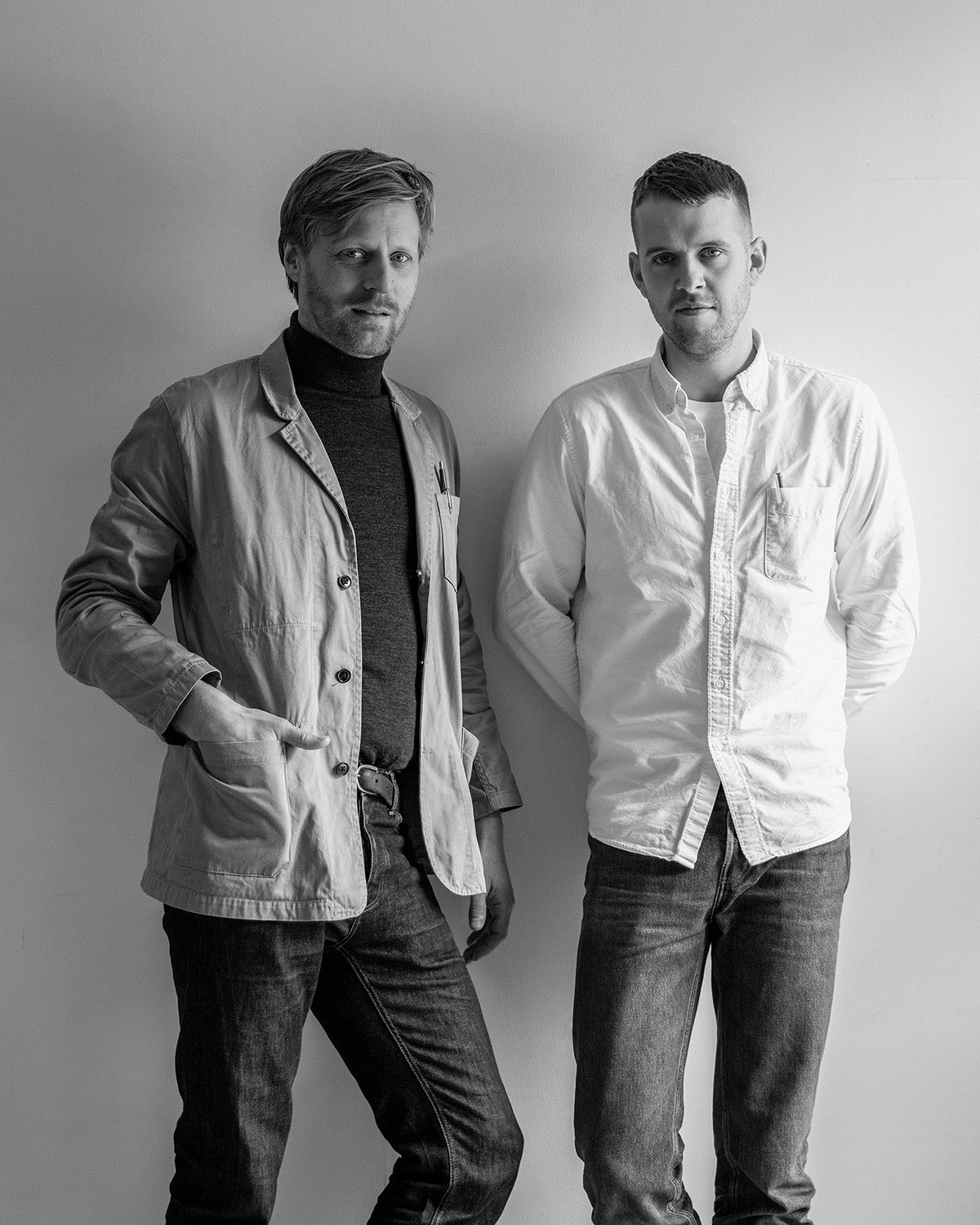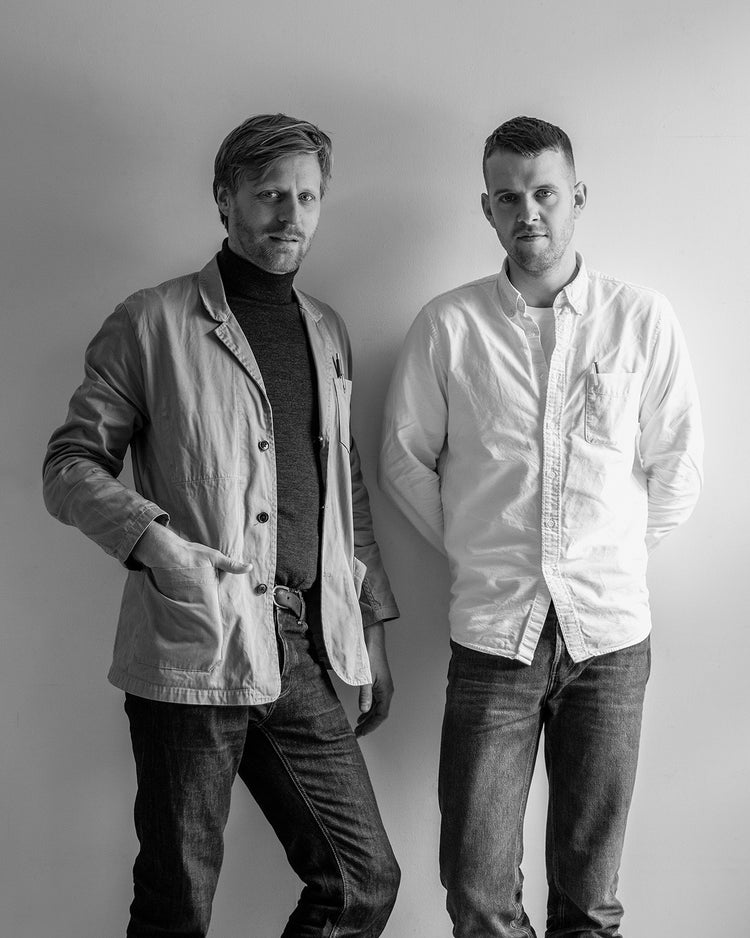Torso Table Lamp, 57
Torso Table Lamp, 57
Designer Kroyer-Saetter-Lassen
Designer Kroyer-Saetter-Lassen
SKU 71117-006300
Torso Table Lamp
57
Torso Table Lamp
57
The transformative powers of light come into play on the Torso Table Lamp by Krøyer-Sætter-Lassen, designed with a timeless look that lends itself to any setting. The elongated base — cast from black-glazed stoneware and elongated for an understated yet sculptural expression — holds a tactile linen shade that diffuses the light to create instant ambience. A brass touch dimmer allows for a personal setting.
Height
57 cm
Diameter
35 cm
Specifications
Voltage: 220-240V – 50/60 Hz
Light source:
E27 Max 6 Watt
Bulb included
6 Watt
500 lm
2700K
Ra > 90
Energy class: F
Dimmability: 3 steps touch dimmer on the top knob
IP: 20
Class: II
Materials
Ceramic, steel, brass, textile, PS.
All files
Downloads Product Fact Sheet 2D/3D Files Assembly Instructions Energy Label CE Declaration Care InstructionsShipping
Returns
We hope you love your purchase, but if not, you’re welcome to return it within 30 days of receiving your order. All items purchased between November 18 and December 31, 2025, are covered by our extended holiday return policy. You can return or exchange these items until January 30, 2026. Please note that return shipping costs are not covered by Audo Copenhagen A/S.
Kindly note, our made-to-order items are specially crafted for you. Therefore all made-to-order items are non refundable and placed orders are considered final.

MEET THE DESIGNGER
Krøyer-Sætter-Lassen
The Copenhagen-based design studio Krøyer-Sætter-Lassen creates furniture and interior objects for clients across the world. Founded in 2016 by Mads Sætter-Lassen and Emil Krøyer, their honest approach to design results in logical, functional and sculptural objects that showcase their strong cultural understanding and Danish design heritage to bridge the gap between art and design. Krøyer-Sætter Lassen began their collaboration at the Royal Danish Academy of Fine Arts, School of Design, where they have graduated with their BA and subsequently, an MA. Their collaboration has grown from a give-and-take about art and design into the creation of existing projects. The duo recognizes their differences and strengths allowing them to approach their process from different character angles. Krøyer-Sætter Lassen engages each other to seek new materials and perspectives in order to work in a nicety way. Krøyer and Sætter-Lassen's honest focus is revealed through their consideration of material properties and tectonic details. They prefer to make the conscious choice of turning a joint or assembly into a visible design asset instead of concealing it -keeping true to the industrial way.






























